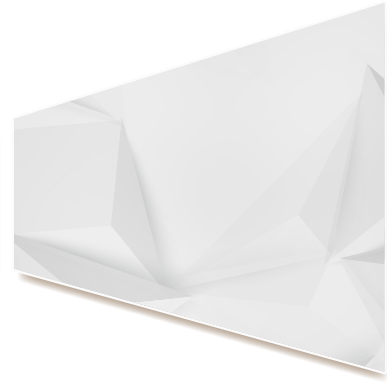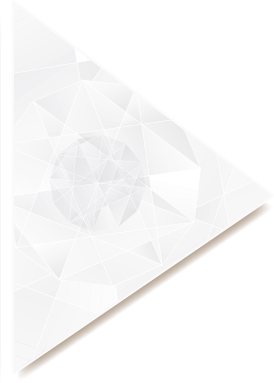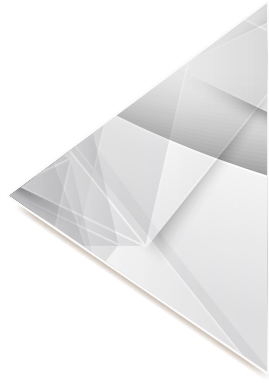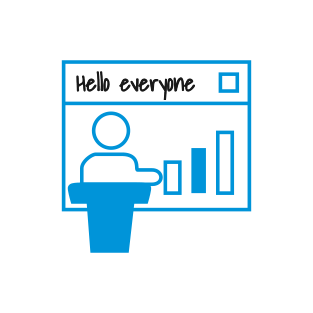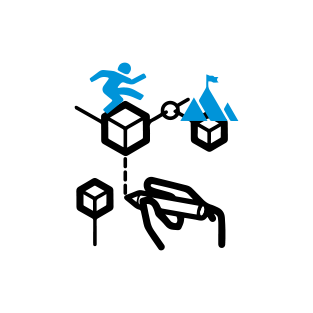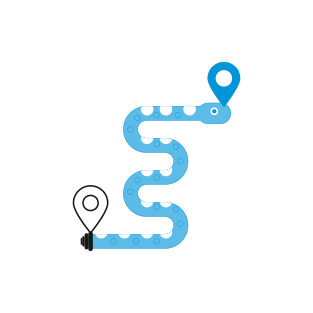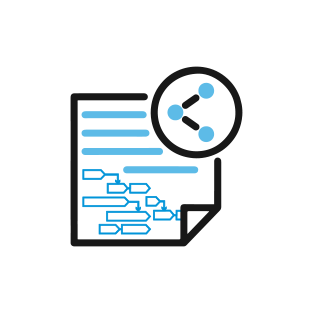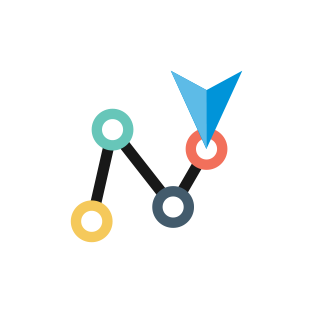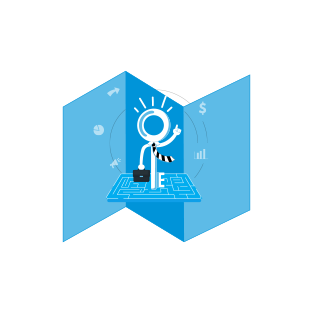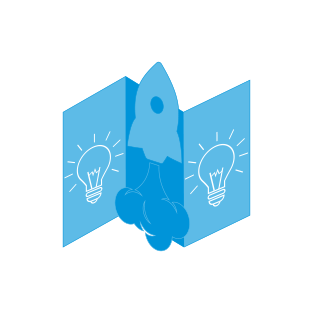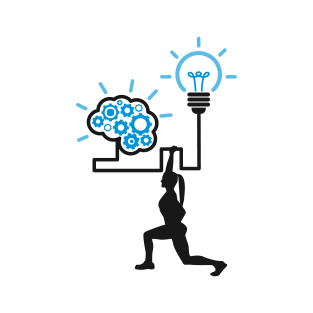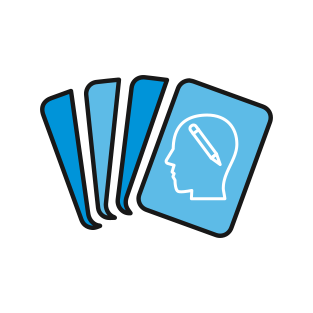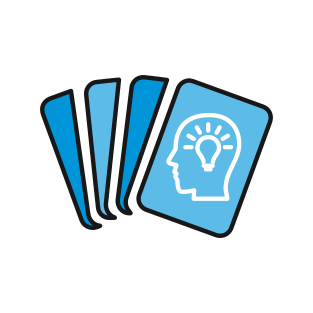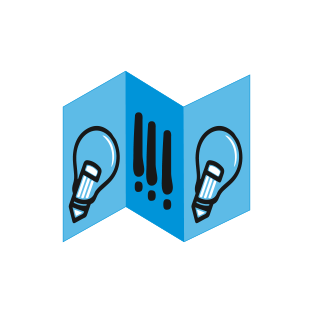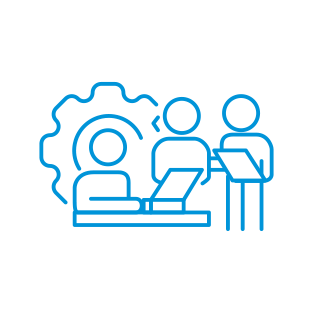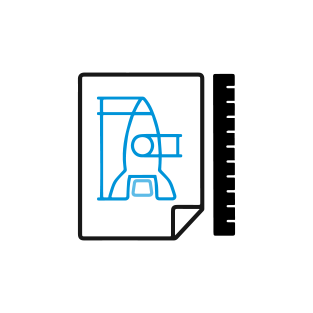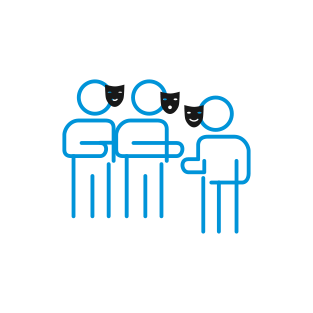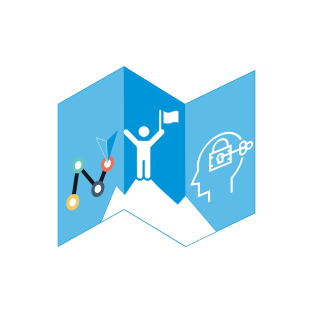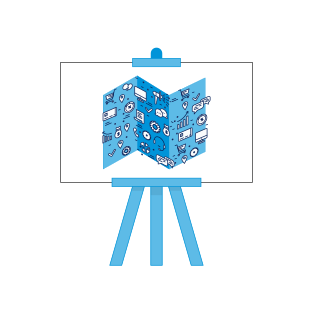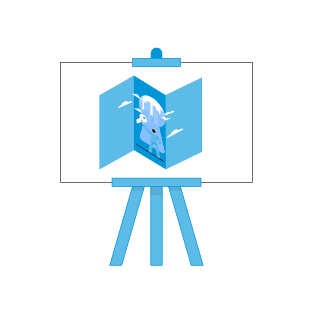II DESIGN THINKING FIELD GUIDE FOR SOCIAL ENTERPRISES
Design Thinking Model
This Fieldguide has been developed in response to the specific needs of Social Enterprises and other stakeholders within the social economy. Design Thinking has been proven as a way to help businesses and organizations respond to customer needs with innovative and human centred solutions. The guide is organized within a bespoke, socially oriented design thinking framework, containing free to use tools for each section and instructions and links to other resources within the instructions for each tool. There is a section on training and facilitation for support agencies, VET’s and in-house design thinking trainers.
Isnpiration
The Inspiration phase, as the first step towards creating a product or service, involves a strong ‘participatory observation’ aspect, which is indispensable in gaining a deeper knowledge about how things are done and how people behave/work in and relate to the real world. This the ‘drawing inspiration’ phase in terms of creating the appropriate amount of motivation towards developing beneficial solutions for a problem as an opportunity.Ideation
The Ideation phase is about sparking off ideas. The goal is to generate a considerable number of ideas, which ideally and potentially lead the way to new ones, in order for the design thinking team to cut down towards the development of the most promising prototypes of solutions. Ideation is about exploiting the strengths of the design thinking team members, overcoming the limitations of obvious and traditional solutions, and tap into uncharted areas of innovation.Implementation
The Implementation phase leads directly to the actual life of the people. This is the step closer to the final service, product, or solution. Prototyping, small-scale testing and in-deep evaluation are integral parts of the Implementation phase, drawing from insights, observations (Inspiration) and ideas and concepts (Ideation).Prepare
Working your way into the design thinking process is a mental process. A design thinking team should liberate itself from predispositions, fixed ways of thinking around challenges, and traditional approaches. It should allow for asking ‘stupid questions’, challenging assumptions and making the best out of the power of being clueless about an issue.Discover
The Discover stage allows a wide perspective for a broad range of ideas and influences. The aim of the stage is to help in identifying the problem, opportunity, user need etc. and thus introducing the space within which the design can provide a solution.Define
The Define stage provides the ground of precise idea and concepts generation through a creative process of proxy testing and evaluation. The aim of the Define stage is to come up with a clear problem statement by synthesizing observations and perspectives.Develop
The Develop stage focuses on refinement of one or more concepts that will address the problems or issues identified in earlier stages by using multiple creative design techniques and development methods to iterate concept as close to an end product or service as possible ready for delivery.Deliver
The Deliver stage takes the final concept through final testing into production and market launching.











